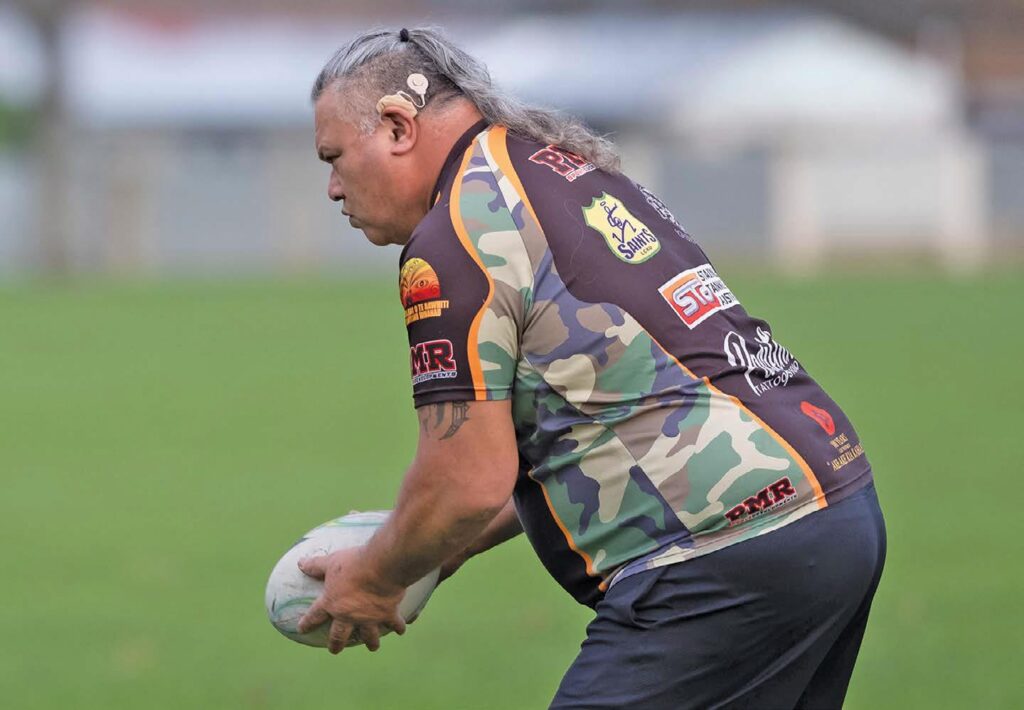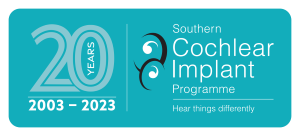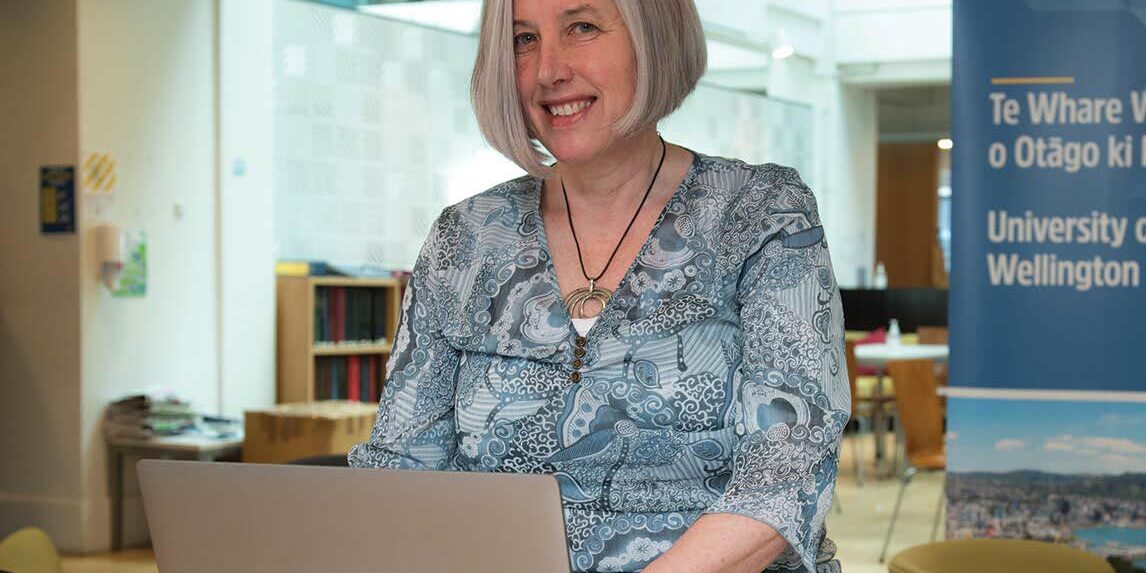Two SCIP patients were great advocates for this life-changing technology in the media for International Cochlear Implant Day on February 25. Dr Amanda Kvalsvig was an amazing ambassador for cochlear implants during an interview with Jim Mora on his Sunday show on Radio New Zealand.
The link to the interview is on RNZ’s website and there is a transcript available there too.
Amanda featured on Jim’s What I am listening to item. Jim was obviously fascinated by the implant technology and Amanda, as a medical expert, was able to explain the intricacies of how it works. Amanda featured in the SCIP anniversary book last year. She is an epidemiologist based at the University of Otago’s Wellington campus. The track she picked for the radio segment was the original recording of Take Five by The Brubeck Quartet. In Hastings, Adrian Rowlands was a proud ambassador for cochlear implants when he spoke to Hawke’s Bay Today journalist Doug Laing. The feature article was published online behind The New Zealand Herald paywall on its Premium website. People with a subscription can read it here.
 “Tell those Māori boys around Flaxmere…if you think you’ve got a hearing problem, get it checked out,” Adrian told the reporter. Adrian also featured in the SCIP anniversary book in 2023. He devotes a lot of his time to coaching children rugby league in his community. International Cochlear Implant Day is celebrated on the anniversary of the first implant in 1961.
“Tell those Māori boys around Flaxmere…if you think you’ve got a hearing problem, get it checked out,” Adrian told the reporter. Adrian also featured in the SCIP anniversary book in 2023. He devotes a lot of his time to coaching children rugby league in his community. International Cochlear Implant Day is celebrated on the anniversary of the first implant in 1961.
Chief Executive Neil Heslop says SCIP celebrated that it had a total number of 1,357 patients to care for (on the anniversary date) as cochlear implants have such an enormous impact on people and their families. “The cochlear implant technology improves their lives immeasurably and that means there’s an excellent social, community and economic return on the Government’s investment,” Neil says. “There are so many people in our community who have hearing difficulties and on International Cochlear Implant Day it’s particularly important to prompt them to seek help from an audiologist in case this technology can reintroduce them to the hearing world.”

